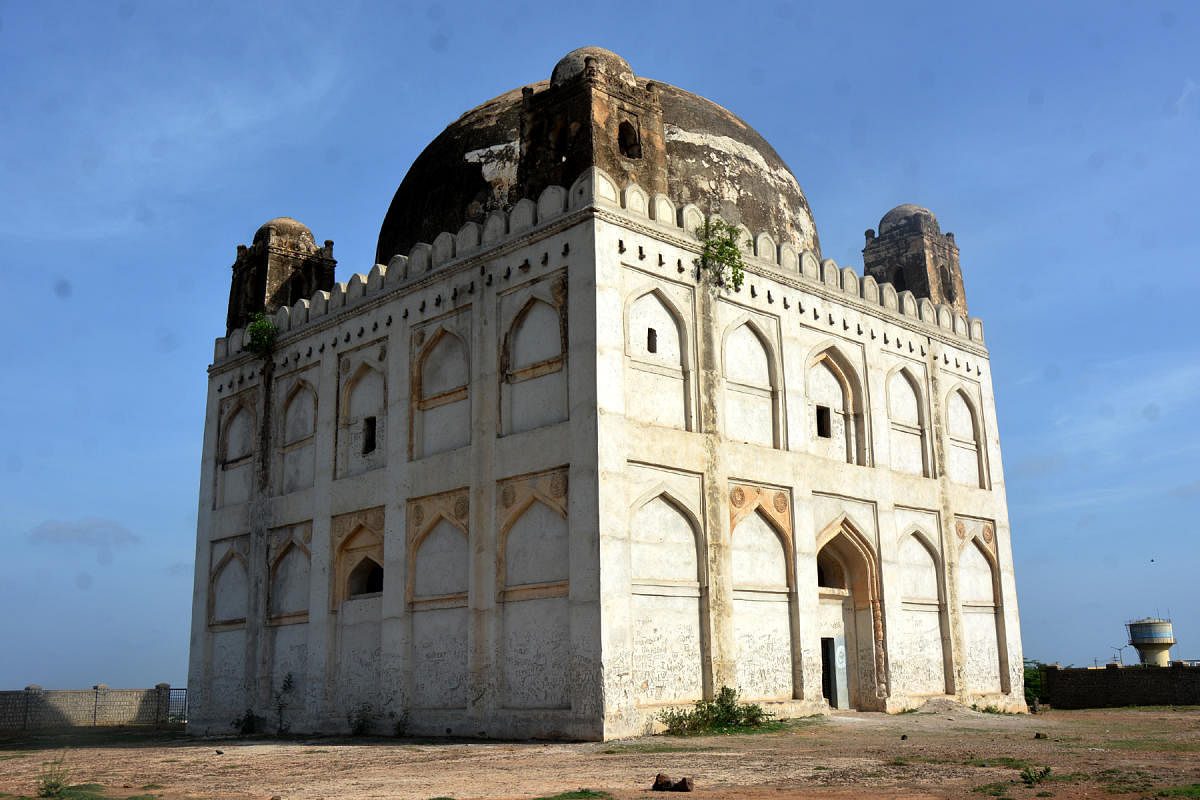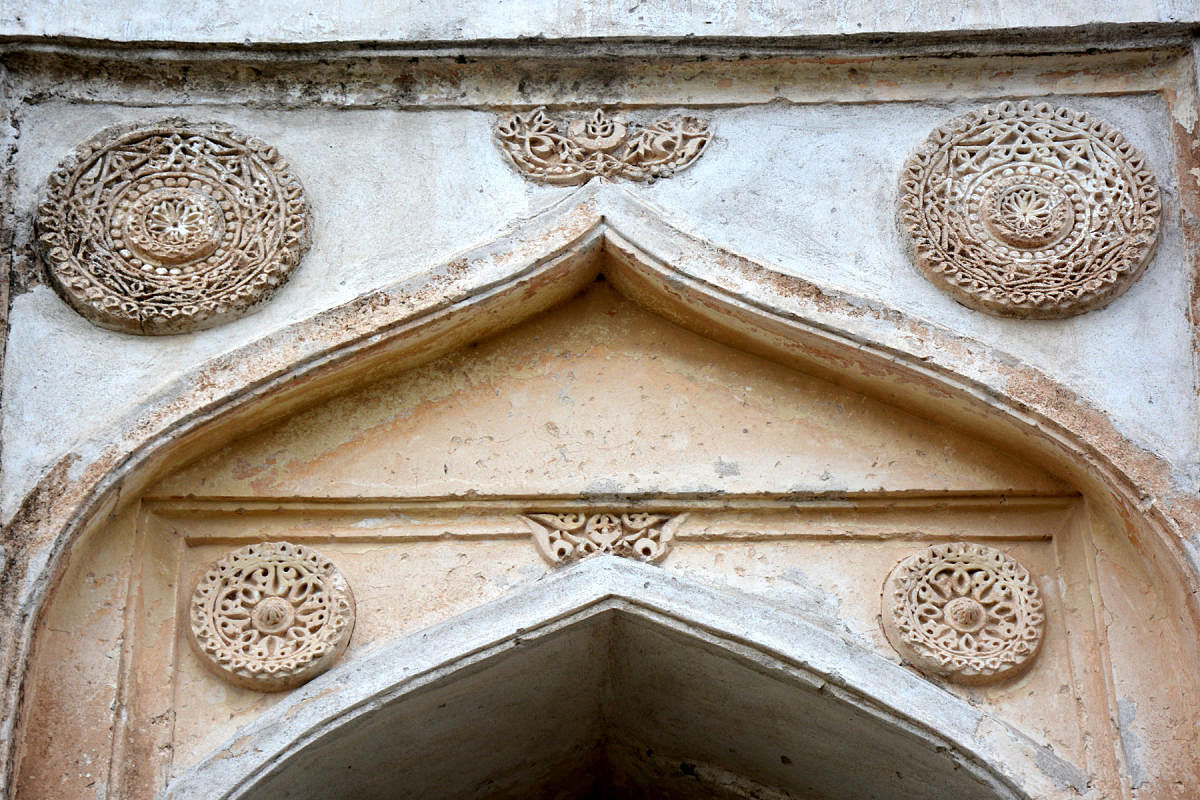

Almost everyone has seen or at least heard about Vijayapura’s famous monument — the Gol Gumbaz. But few people know of the Shor Gumbaz in neighbouring Kalaburagi, which is said to have inspired the construction of the iconic Adil Shahi monument.
The Shor Gumbaz (Shor in Urdu means noisy), also known as Chor Gumbaz colloquially, was built in the 14th century, much before
the Gol Gumbaz came up. The monument is visible
to anyone entering Kalaburagi city by road or rail, especially from Bidar and Solapur.
Located on a hilltop on the outskirts of Kalaburagi city and around 3.5 km northwest of the Bahmani fort, this monument was constructed during the period of Firuz Shah Bahmani and his brother Ahmad Shah Bahmani, who patronised the contemporary-style of architecture evident in the tombs, palaces and wells constructed during that period.
A checkpoint
Shor Gumbaz was constructed on a hilltop so that it could serve as a watchtower and a check post. In case of any enemies being spotted, the soldiers would raise an alarm from the Shor Gumbaz. The sound that echoed several times from the monument could be heard from a distance.
One of the larger monuments in Kalaburagi, the Shor Gumbaz has been built in a vast area. It has four domed minarets (watchtowers) with a big central dome. All these towers could together accommodate over 60 soldiers. The parapet crestings are five feet high and must have given cover for the soldiers standing watch.
The surface of the outer walls have carved arches on them and each side of the wall has ten arches. In all, the structure has 40 arches and only one main entrance on the eastern side, facing the Bahmani fort. There is a large square-shaped fountain on the southern side of the structure and the architecture is such that the building always remains cool.
The inner walls are embossed with Arabic words and other designs, while the inside of the dome has intricate stucco work (plaster cut) with Quranic verses etched in leaf, geometrical and floral patterns.
Bahmani rulers were the first rulers in the Deccan to incorporate such writings in their architecture and by doing so, they promoted Islamic literature and Sufism while strengthening Indo-Islamic culture.
The centre of the domed ceiling has beautiful paintings with natural colours. Though colours like blue, green, red and yellow can still be seen to an extent, the paintings have lost their original beauty over time.
Acoustical engineering
The most noteworthy aspect of the structure is its acoustics. Like the Gol Gumbaz, where the sound echoes seven times, the sound in the Shor Gumbaz echoes several times. All these features make it a classic structure, both culturally and scientifically.
Historians say that the Bahmanis fortified their capital Gulbarga and from 1347 AD, their art and architecture spread across the Deccan. The five dynasties which emerged after the decline of the Bahmani dynasty and later ruled independently continued the tradition of Bahmani architecture. It is said that the Adil Shahi kings referred to the structure plan of the Shor Gumbaz to build Gol Gumbaz in Vijayapura when the dynasty separated from Bahmani Empire in the 15th century.
Efforts to restore and preserve the wall paintings and stucco work, which are vanishing with each passing day, can reveal several historical facts. The state Archaeology Department should seek the help of expert conservationists to bring this rare architecture of historical importance back to life.
Sadly, the area inside the structure has become a cricket pitch for local youths. Though under the protection of the Archaeology Department, no security has been provided here. The monument has been built on a natural hill and proper lighting arrangement is required to attract tourists.